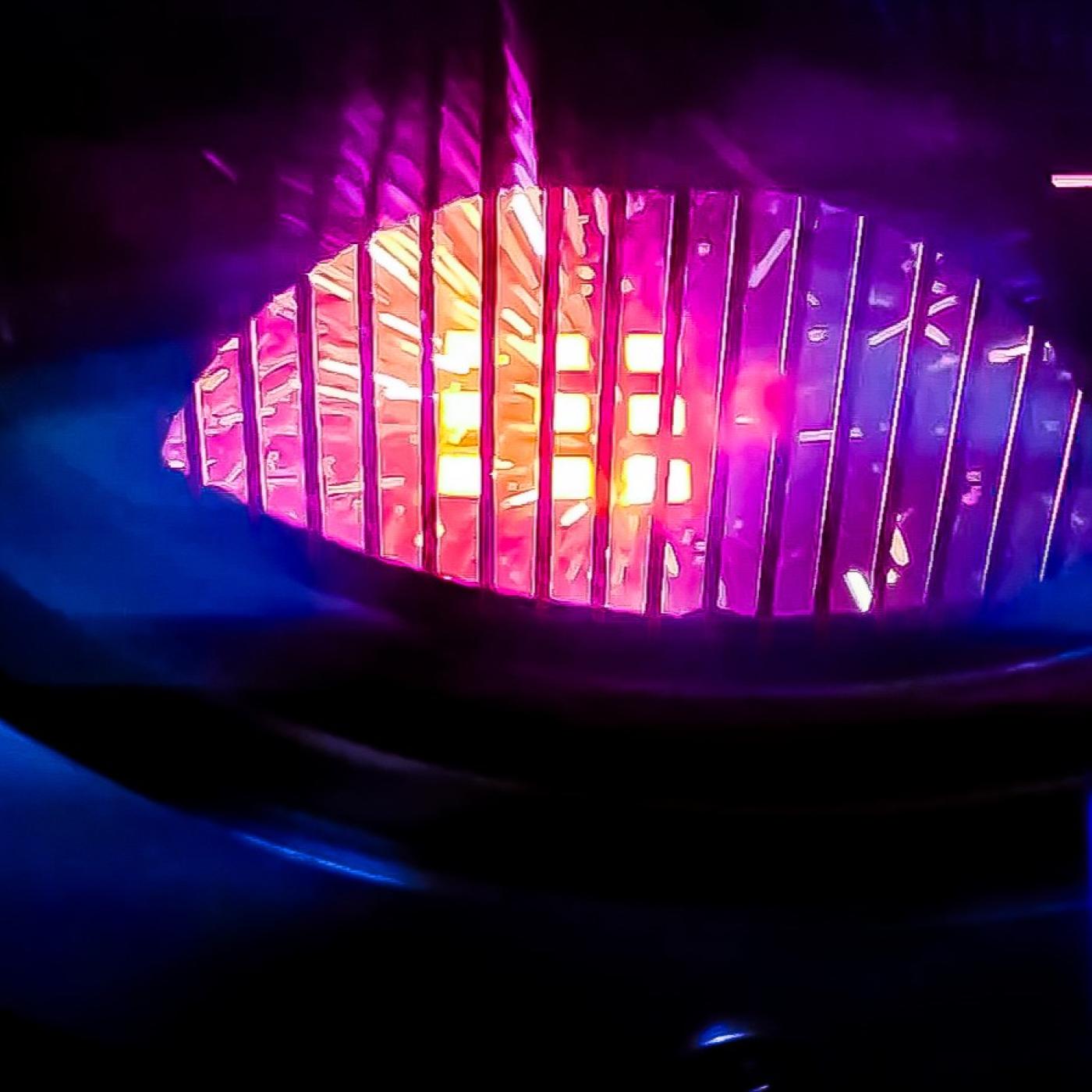
Filter News
Area of Research
- Advanced Manufacturing (1)
- Biology and Environment (96)
- Biology and Soft Matter (1)
- Clean Energy (98)
- Climate and Environmental Systems (5)
- Computational Engineering (2)
- Computer Science (10)
- Electricity and Smart Grid (3)
- Functional Materials for Energy (1)
- Fusion and Fission (4)
- Isotopes (1)
- Materials (33)
- Materials for Computing (4)
- Mathematics (1)
- National Security (24)
- Neutron Science (18)
- Nuclear Science and Technology (1)
- Quantum information Science (9)
- Sensors and Controls (1)
- Supercomputing (59)
News Topics
- (-) Environment (204)
- (-) Grid (67)
- (-) Machine Learning (55)
- (-) Mercury (12)
- (-) Quantum Science (75)
- 3-D Printing/Advanced Manufacturing (132)
- Advanced Reactors (35)
- Artificial Intelligence (107)
- Big Data (65)
- Bioenergy (94)
- Biology (104)
- Biomedical (63)
- Biotechnology (25)
- Buildings (67)
- Chemical Sciences (74)
- Clean Water (31)
- Climate Change (108)
- Composites (31)
- Computer Science (202)
- Coronavirus (46)
- Critical Materials (29)
- Cybersecurity (35)
- Decarbonization (88)
- Education (5)
- Element Discovery (1)
- Emergency (2)
- Energy Storage (112)
- Exascale Computing (47)
- Fossil Energy (6)
- Frontier (48)
- Fusion (59)
- High-Performance Computing (98)
- Hydropower (11)
- Irradiation (3)
- Isotopes (57)
- ITER (7)
- Materials (151)
- Materials Science (150)
- Mathematics (10)
- Microelectronics (4)
- Microscopy (51)
- Molten Salt (9)
- Nanotechnology (60)
- National Security (74)
- Net Zero (15)
- Neutron Science (142)
- Nuclear Energy (111)
- Partnerships (53)
- Physics (65)
- Polymers (33)
- Quantum Computing (39)
- Renewable Energy (2)
- Security (26)
- Simulation (55)
- Software (1)
- Space Exploration (25)
- Statistics (4)
- Summit (62)
- Sustainable Energy (132)
- Transformational Challenge Reactor (7)
- Transportation (99)
Media Contacts

Researchers led by the University of Melbourne, Australia, have been nominated for the Association for Computing Machinery’s 2024 Gordon Bell Prize in supercomputing for conducting a quantum molecular dynamics simulation 1,000 times greater in size and speed than any previous simulation of its kind.
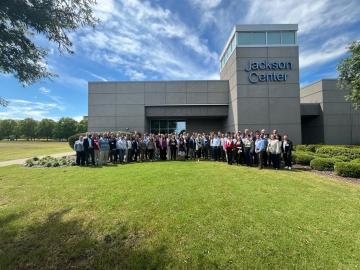
ORNL and NASA co-hosted the fourth iteration of this invitation-only event, which brings together geospatial, computational, data and engineering experts around a theme. This year’s gathering focused on how artificial intelligence foundation models can enable geospatial digital twins.
Researchers from ORNL have taken a major step forward in using quantum mechanics to enhance sensing devices, a new advancement that could be used in a wide range of areas, including materials characterization, improved imaging and biological and medical applications.

The Advanced Plant Phenotyping Laboratory at ORNL utilizes robotics, multi-modal imaging, and AI to enhance understanding of plant genetics and interactions with microbes. It aims to connect genes to traits for advancements in bioenergy, agriculture, and climate resilience. Senior scientist Larry York highlights the lab's capabilities and the insights from a new digital underground imaging system to improve biomass feedstocks for bioenergy and carbon storage.
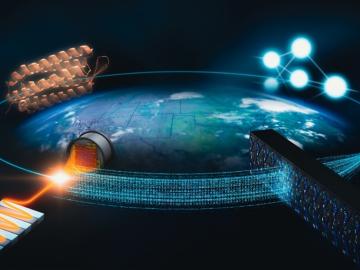
To bridge the gap between experimental facilities and supercomputers, experts from SLAC National Accelerator Laboratory are teaming up with other DOE national laboratories to build a new data streaming pipeline. The pipeline will allow researchers to send their data to the nation’s leading computing centers for analysis in real time even as their experiments are taking place.
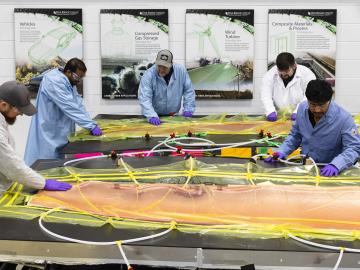
ORNL researchers were honored with a prestigious ACE Award for Composites Excellence by the American Composites Manufacturers Association. The team won the “innovation in green composites design” prize for creating a fully recyclable, lightweight wind turbine blade tip that incorporates low-cost carbon fiber and conductive coating for enhanced protection against lightning strikes.

The Smoky Mountain Computational Sciences and Engineering Conference, or SMC24, entered its third decade with the 21st annual gathering in East Tennessee.
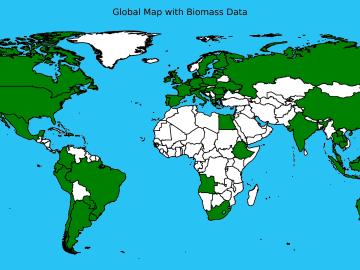
A new Global Biomass Resource Assessment developed by ORNL scientists gathered data from 55 countries resulting in a first-of-its kind compilation of current and future sustainable biomass supply estimates around the world.

A new technology to continuously place individual atoms exactly where they are needed could lead to new materials for devices that address critical needs for the field of quantum computing and communication that cannot be produced by conventional means.

A new technical collaboration program at the Department of Energy’s Oak Ridge National Laboratory will help businesses develop and launch electric grid innovations. Sponsored by the Transformer Resilience and Advanced Components program in DOE’s Office of Electricity, the initiative will provide companies with access to national laboratory resources, enabling them to capture market opportunities.


